Insulation
Insulating the roof has become much more advisable. Regardless of the roofing system that one have, insulation can go a long way in providing a number of long-term benefits such as Heat Retention, Heat Prevention, Sound Prevention, Energy Savings & added layer of protection. BRPL provides various types of insulation on roofing sheets such as PUF, Rockwool, Glasswool, CCPE/XLPE, Bubble etc.
Types of Insulation
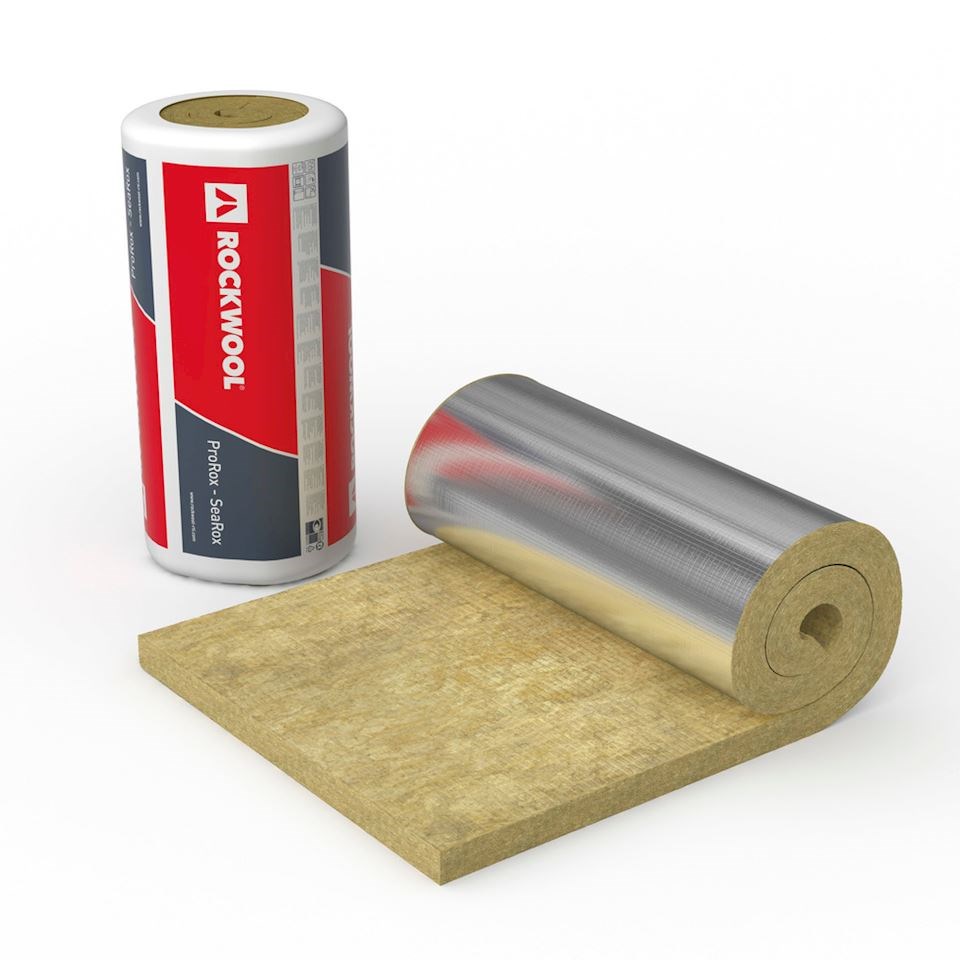
Rockwool
Rockwool insulation, also known as stone wool or mineral wool, is a versatile material known for its excellent thermal and acoustic properties, as well as its fire resistance. It’s manufactured by melting basalt rock and recycled slag at high temperatures and then spinning the molten material into fine fibers that are then bonded together. This structure provides superior insulation performance, helping to regulate indoor temperatures, reduce noise, and enhance fire safety. Rockwool is used in a wide range of applications, including walls, roofs, floors, and industrial settings, offering both energy efficiency and comfort.
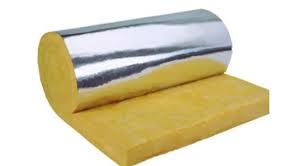
Glasswool
Glasswool, also known as fiberglass insulation, is a versatile material made from molten glass and other minerals, often with a significant amount of recycled content. It’s a popular choice for thermal and acoustic insulation in buildings, helping to regulate temperature and reduce noise pollution. Glasswool’s porous structure traps air, providing excellent insulation and contributing to energy efficiency. It’s also relatively lightweight, easy to install, and can be used in various forms like batts, rolls, or loose-fill, making it suitable for walls, ceilings, attics, and even some roofing systems. While it offers good thermal and soundproofing properties, it’s important to consider its moisture sensitivity and potential health risks during installation, though these can be mitigated with proper handling and protective gear.
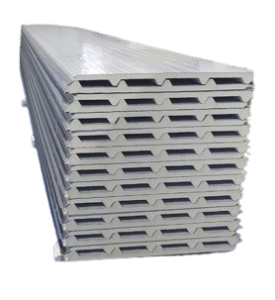
Puff Insulation
Puff sheet insulation, also known as polyurethane (PUF) sheet insulation, is a composite material known for its excellent thermal and sound insulation properties. It consists of a layer of polyurethane foam sandwiched between two layers of metal sheets, typically steel or aluminum. This construction provides both durability and superior insulation capabilities, making it a versatile choice for various applications, including roofing, wall panels, and even pergolas. The foam’s high R-value (thermal resistance) and low thermal conductivity minimize heat transfer, contributing to energy efficiency and temperature regulation. Additionally, PUF sheets are lightweight, easy to install, and can offer soundproofing benefits, making them a popular option for both residential and commercial construction.
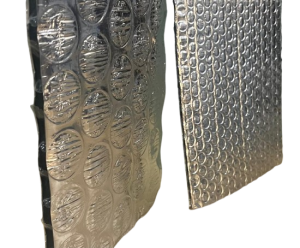
Bubble Insulation
Bubble insulation, a type of reflective insulation, utilizes layers of air bubbles sandwiched between reflective foil to create a barrier against heat transfer. This design effectively reflects radiant heat, reducing both heat gain in the summer and heat loss in the winter, leading to more stable indoor temperatures and energy savings. Commonly used in residential and commercial buildings, as well as in packaging and cold storage, it’s a versatile and relatively inexpensive option for enhancing thermal performance.
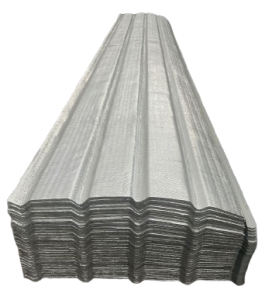
CCPE (Crosslinked Closed-Cell Polyethylene)
CCPE (Crosslinked Closed-Cell Polyethylene) insulation is a highly effective material for reducing heat transfer in buildings due to its closed-cell structure, which provides excellent moisture resistance and thermal insulation. This makes it ideal for various applications, including roof heat insulation, HVAC systems, and pipe insulation, where thermal regulation is crucial. CCPE insulation is lightweight, flexible, and easy to install, allowing it to conform to irregular surfaces and making it a versatile solution for both residential and commercial buildings. Furthermore, it’s often chosen for its ability to reduce heat transfer by radiation due to the reflective aluminum foil often laminated on one side. CCPE insulation is also known for its durability and resistance to various environmental factors, including rats, making it a long-lasting and reliable choice for energy-efficient construction.
